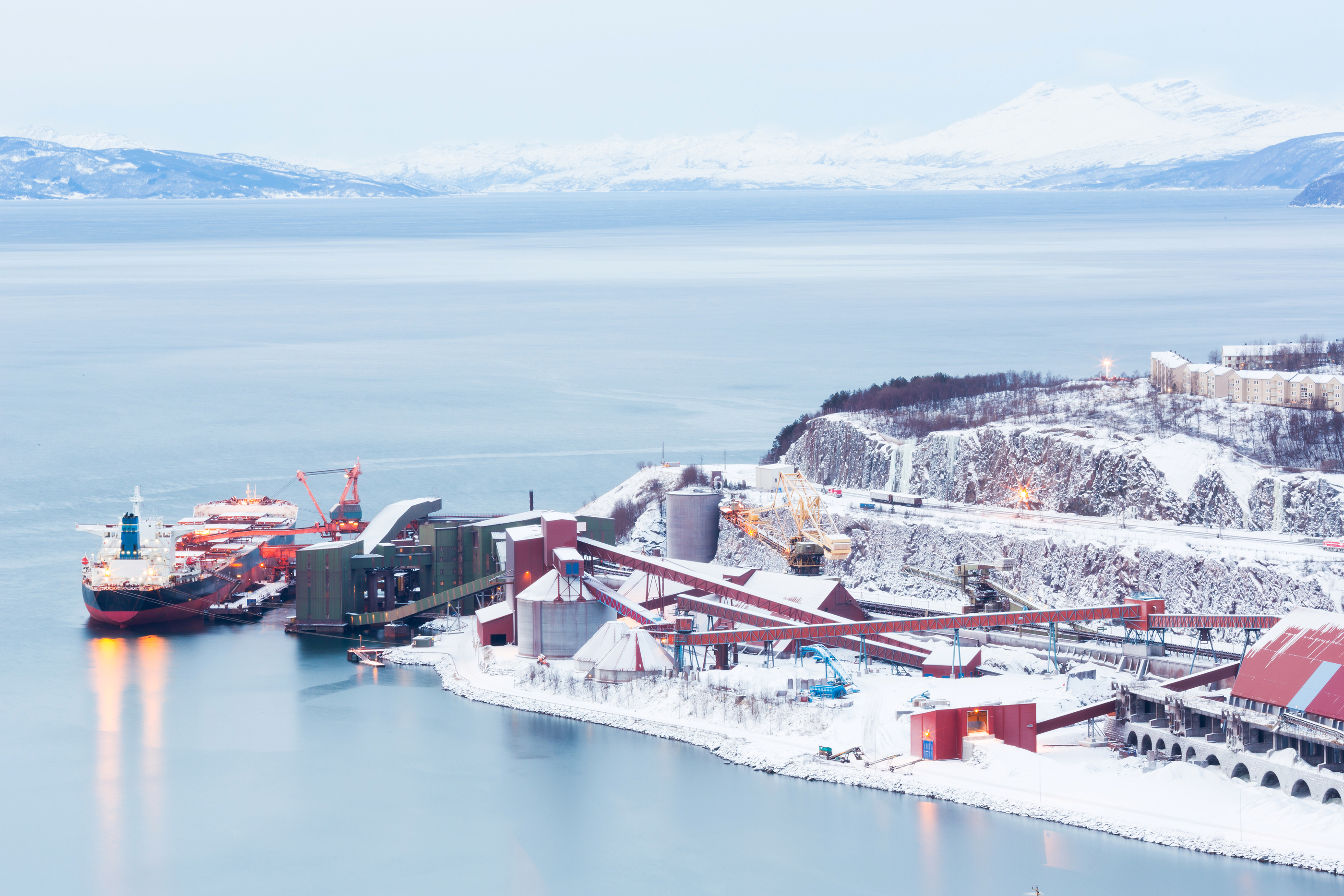Copenhagen-based Global Maritime Forum has used the UNFCCC’s COP 26 to publish a new report highlighting the benefits of using key shipping routes with vessels on dedicated runs to begin the transformation of international shipping to zero-emission fuels.
Many vessels operate on dedicated international routes sailing continually between two or more specific ports. These vessels, and the ports they call at should be considered “green corridors” says the GMF report. It points to the Asia-Europe container route and the Australia-Japan iron ore routes as prime examples.
Previous reports from GMF and even energy production associations have pointed to a need for about 5% of fuels used by international shipping to be net-zero by 2030 if shipping wants to reflect societal goals that are in line with the UNFCCC’s Paris Agreement.
A press release and executive summary sent by GMF to maritime press ahead of the COP 26 launch pointed to the group’s belief that decarbonisation of shipping needs to move away from talk of pilot projects to realisation.
Using vessels on dedicated shuttle routes to spearhead the decarbonisation of maritime fuel is a no-brainer really, and an option steeped in history.
Shipping technology experts, particularly Danes, will know of Selandia, the world’s first oceangoing diesel powered cargo vessel which left the Danish capital in 1912 for Asia on a headline making round voyage that heralded the decline of coal-fueled steam ships and the fuel oil era industry is now seeking to end.

Selandia’s use of the new diesel engine followed a number of years of use by fishermen and other vessels in Europe of paraffin-powered engines ahead of the invention and manufacture by Rudolf Diesel of his engine design.
Selandia was built from 1910 with an advance contract for fuel, for when it began its trade in 2012 between Europe and Asia (Bangkok), so similar to the discussions today. So even 100 years ago, long-term fuel contracts were a necessity for innovation even before the first plate was laid in shipbuilding.
Selandia is not the only vessel built for a dedicated trade and with a dedicated fuel contract, the advent of LNG as a marine fuel began in Norway with coastal vessels being built on the back of customer confidence backed by a reliable and competitive fuel supply contract.
The same is now happening in the evolution of new fuels. In Norway again there is the development of hydrogen and ammonia fueled vessels, which come backed by fuel contracts. No fuel contract at a competitive price, no innovation!
The two routes opted for considered by GMF are main arteries for global trade, managed by some of the largest shipping companies, with major shippers and charterers as customers.
The first route the report points to is Australia-Japan iron ore routes where green ammonia can be produced in Northern Australia by 2030, according to GMF.
GMF believes that the total annualised cost of ownership will be 50% to 60% higher ($6m to $8m) than building and operating a ‘normal’ bulk vessel using fuel oils or diesel. It believes that a policy needs to be introduced subsidizing charterers fuel use and associated risks.

On the Asia-Europe container routes, where GMF suggests green methanol (supporting AP Moller Maersk’s backing of the fuel choice recently) and green ammonia are the two fuels being pointed to Annualised total cost of ownership gap of $10m to $13m per vessel is anticipated by the Forum.
In its announcement GMF says “On all green corridors, the success factors are likely be similar: corridor-level consensus on fuel pathways, policy support to help close the cost-gap for higher-cost zero-emission fuels, and value-chain initiatives to pool demand. Aligning on a corridor-specific decarbonisation roadmap based on these factors could provide all stakeholders with the confidence that is needed to invest, co-ordinate, and deliver the solutions at scale required by 2030. “































